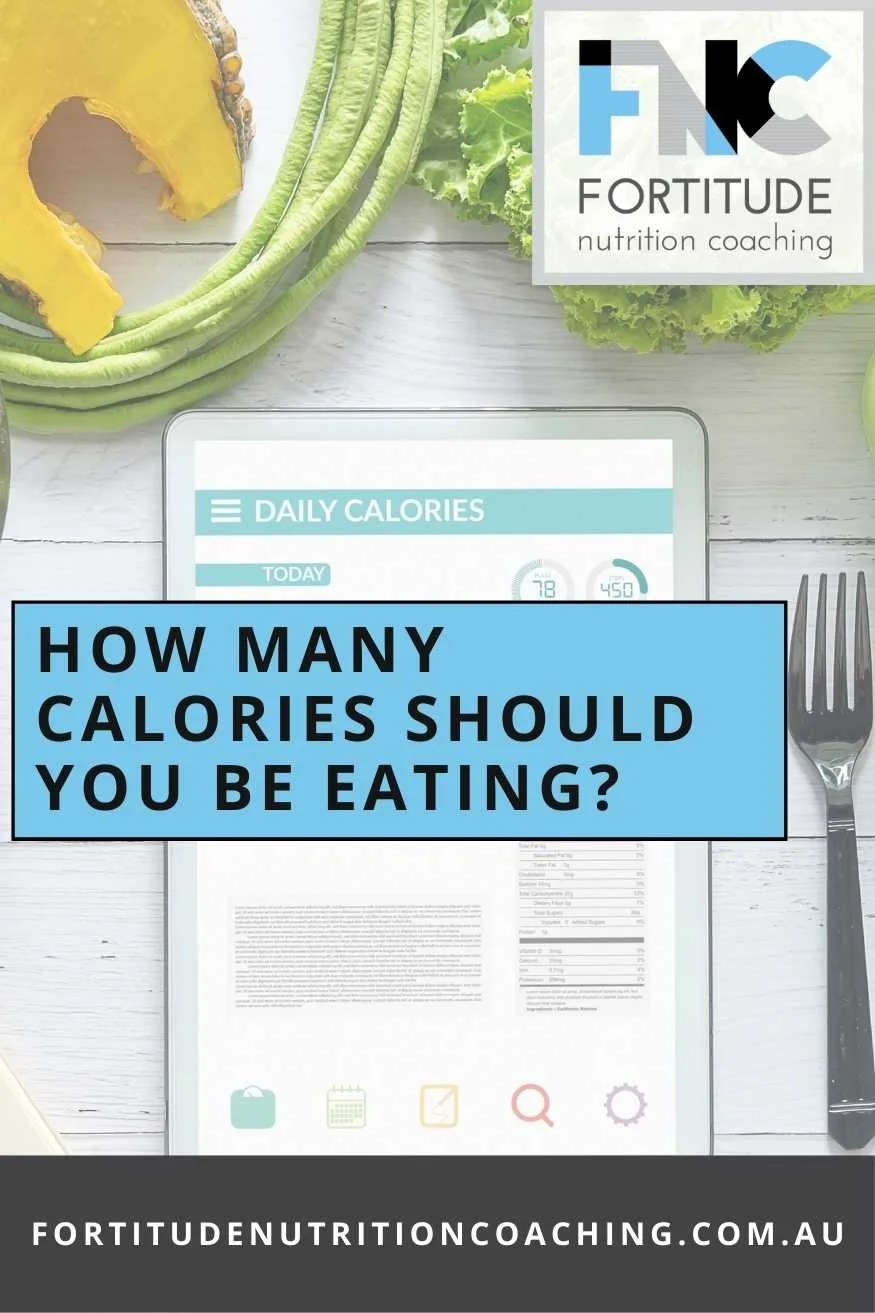Insulin resistance is something that’s been spoken about a lot on social media recently.
Whether it's about the benefits of fasting, something your local influencer is talking about to improve your body composition, or a conversation you’re having with your doctor.
This blog is a guide covering the fundamentals of insulin resistance, including what it is, why you should care about it, and what to do.
What is Insulin? What does insulin do?
Insulin is a relatively maligned and often blamed hormone.
Most simply, insulin is a storage hormone.
It helps your cells get glucose into them.
I'll use the analogy of Woolworths (or Coles, we don’t judge here).
Food gets delivered to Woolworths via trucks (your digestive system).
There it sits in the warehouse out the back, (your bloodstream).
From there, Shelf stackers (insulin) put the food (glucose) onto the shelves (your cells).
Particularly if you intend on doing anything remotely athletic, being able to get glucose into all your cells, including your muscles is pretty important.
So what can go wrong with Insulin?
Insulin resistance (at its simplest) is when the same amount of insulin puts less glucose away into your cells.
The problem though is that the decision to secrete insulin (or staff your Woolworths) responds to how much glucose is floating around the bloodstream.
So you can get stuck in this loop of constantly needing more and more insulin to get the same amount of glucose into your cells, and because it’s not doing a good job, your body responds by secreting more insulin.
In the short term, your body is very good at compensating.
If you’re insulin sensitive, you can eat a lot of calories, and your body just partitions them appropriately.
The problem arises when you start to see increased insulin resistance as a result of a chronic stimulus.
If it’s unchecked, insulin resistance has a feed-forward element, only getting worse over time.
Partly for that reason, some exercise interventions seem to be less effective in older individuals. They’ve had more time to be stuck in the feedback loop.
The worse things get, the more “Area under the curve” they accumulate (Figure 1).
Check out figure 1 for a nice diagram showing blood glucose response to food comparing someone who’s insulin sensitive, resistant (prediabetic), and a type 2 diabetic:
The things that cause insulin sensitivity are complex, but some of the things that contribute to it include (1):
Too much insulin
Too much fat
Poorly functioning mitochondria
Increased Endoplasmic Reticulum Stress
Increased Oxidative stress
These factors have a lot of overlap but the important thing to know is - if you eat too many calories and don’t move enough over an extended period, you increase your likelihood of developing insulin resistance.
What are the consequences of insulin resistance?
The primary complication is the eventual progression toward type 2 diabetes mellitus.
Often you hear people talk about the negative effects of “Sugar”. They may bring up problems like:
Poor healing
Poor tendon healing
Poor muscle gains, body composition
Poor immunity
Peripheral Neuropathy
Kidney problems
Problems with your blood vessels
The good news for your Coco-pops in the morning is that if you have healthy blood sugar levels and adequate insulin sensitivity, you’re likely going to have no problems with some sugar in your diet.
Most of the time when you see people representing the “dangers” of sugar intake, they’re misappropriating rodent model research, or at best, research findings from individuals with insulin resistance or poor glycaemic control.
How do you solve the problem of Insulin Resistance???
A huge part of the solution is around reducing the area under the curve over long periods of time, as depicted in figure 1.
You can achieve this in a whole series of ways, with both pharmacology and lifestyle interventions.
I’m not going to dive into the pharmacology side of things, because this is an article on the internet written by a Sports Nutritionist.
If this is something that meaningfully worries you, and you’re having an indication that there may be a serious problem at play (like seeing ants in your bathroom), see a doctor who has a background in these kinds of issues, and gets appropriate, personalised medical advice.
Now I’ve hopped off my soapbox, I’m going to talk about using your lifestyle to manage insulin resistance.
The data is supportive of this being a great way to manage it, with the caveat that lifestyle change has to occur.
One of the incredible things the medico-pharmacological framework has going for it is that medicines can offer clinical improvements with a very low behavioural barrier (i.e. remembering to take a tablet vs finding 6 hours to exercise a week).
When we talk about lifestyle changes, the evidence broadly favours more movement.
At this point, there’s a really important detour we have to make on semantics…
But Tom, I go to the gym 3-4 times a week, I’m active!
Part of the difficulty here in this discussion is that from an energy metabolism standpoint, going to the gym 3-4 times a week for 45 minutes or so isn’t that meaningful.
Don’t get me wrong, there are so many benefits to resistance training and going to the gym.
It definitely can improve your insulin sensitivity, but if you hit the gym and:
Most of the time is spent resting between sets
You do 3000 steps the rest of the day
You’re likely not actually “active” so much as you are strong and muscular (all of which are good things).
So what does the solution look like? Pt2
If you referred to the shortlist of potential mechanisms of insulin resistance, something should stand out.
Aerobic exercise can meaningfully improve your ability to use fat as a fuel, improve your mitochondrial function, increase your ability to manage oxidative stress, and decrease the factors driving increased endoplasmic reticulum stress.
We’re not talking about doing High-Intensity Interval Training, Tabatas, or Crossfit WODs.
The evidence supports a volume-based approach as being the most effective for improving insulin resistance, with one paper supporting more than 115 minutes of aerobic exercise a week (even walking!). (2)
Another paper suggested having a caloric output of 1000 kcal/week as a target across a week. (3)
As a finicky note on reading science, these are all interventions that have evidence suggesting they are superior to doing less movement, independent of the intensity of the exercise, as opposed to being the actual clinical recommendations, which one paper suggests are less specific (3).
The key takeaway is to reflect on ways to improve the amount of movement you get as part of your lifestyle.
There is crazy evidence to suggest getting a dog improves your health and lifespan - why?
Partly because it encourages more movement and provides companionship (4).
The bottom line of this blog should be that the intensity or modality matters far less than the fact that you’re moving!
Why aren’t we worried about exercise intensity?
Without making this an energy metabolism discussion, your body comes very close to maximally utilising your aerobic energy (we’re talking higher percentage fatty acid utilisation, increased mitochondrial respiration, all these good things) at relatively low intensity.
To go further, you start drawing from other energy systems and start producing byproducts like lactate and using intramuscular glycogen.
Consider - if you sprint for 30 seconds.
Your aerobic contribution to the energy requirement is very much capped out, and you’re relying on other means of obtaining energy.
Alternatively, though, you may be able to go for a slow jog or brisk walk for an hour, and your aerobic system functions at 90-95% for that whole time!
I’ve represented this graphically in Figure 2:
Figure 2: Why once you’ve maxed out the aerobic metabolic contribution, you’re not going to get extra aerobic metabolism gains by working harder!
That’s why lower intensity exercise like Zone 1 or 2 work can be so useful at improving those cardiovascular health markers and as an exercise intervention.
Some examples
Walking (or if you’re comparatively fitter, brisk walks, hikes)
Bike rides or running at an intensity that you could still talk during
It doesn’t actually need to be difficult, and remember, the less you’ve done historically, the less intensity or total work you’ll need to do to see improvements.
I often see improvements in resting heart rate within 2-3 weeks in clients with 40-60 minutes of EASY cardio work per week.
As a side note, many elite endurance athletes spend more than 80% of their training time hanging out here, because the better you get at aerobic metabolism, the more work you can do before you start using anaerobic means of obtaining that energy.
In some data collection I recently saw published on Twitter, it was revealed that entirely sedentary individuals may even have some anaerobic contributions when they walk around, which supports using modalities like walking (or “getting your steps in”) as a great way to improve your health! (5)
The data say that as you approach 8,000 steps a day, you get incredible health benefits and this slows down before the benefits seem to diminish on a per-step basis by the time you hit 12500-15,000 steps. (6)
Summaries and Takeaways
If you’re worried about improving your metabolic health, your first priority should be on establishing a lifestyle that supports extra movement, and ensuring you’re not overconsuming food across a period of years.
The threshold for improvements in metabolic health (and cardiovascular function) are incredibly low, even if you’re someone who’s fit and strong, but even lower if you’re someone who has an office job that involves you sitting down for long periods of time.
And you don’t have to get down to 6% body fat or be ready to step on stage to improve your health!
1 on 1 Nutrition Coaching with Fortitude Nutrition Coaching
Are you looking for an understanding and supportive human to talk with, to help with advice and guidance? An objective set of eyes to see what you could improve to move towards your goal in the easiest possible way?
We work with real people and get real results. Sign up for 1 on 1 Nutrition Coaching today and get the support, guidance and accountability of a Fortitude Nutrition Coach.
References
Tong, 2022, Obesity and Insulin Resistance: Pathophysiology and Treatment
Houmard, 2004, Effect of the volume and intensity of exercise training on insulin sensitivity
Hawley, 2004, Exercise as a therapeutic intervention for prevention and treatment of insulin resistance
Utz, 2013, Walking the Dog: The effect of pet ownership on health and health behaviors
https://mobile.twitter.com/hyponaqueen/status/1512792560166584322?s=21
https://examine.com/members/summaries/issue/march-2022/summary-dVgP51/?ref=latest






Tired of the "eating healthy" cycle that leads nowhere? Our blog unveils the blueprint for success. Say goodbye to vague intentions and hello to a clear Action Plan. Transform your eating habits with precision - from veggies to protein, breakfast to overcoming obstacles. Break free from the loop and embark on a fulfilling journey. Ready to achieve your goals with confidence? 🎯 Learn more: https://www.fortitudenutritioncoaching.com.au/blog/why-healthy-eating-doesnt-work